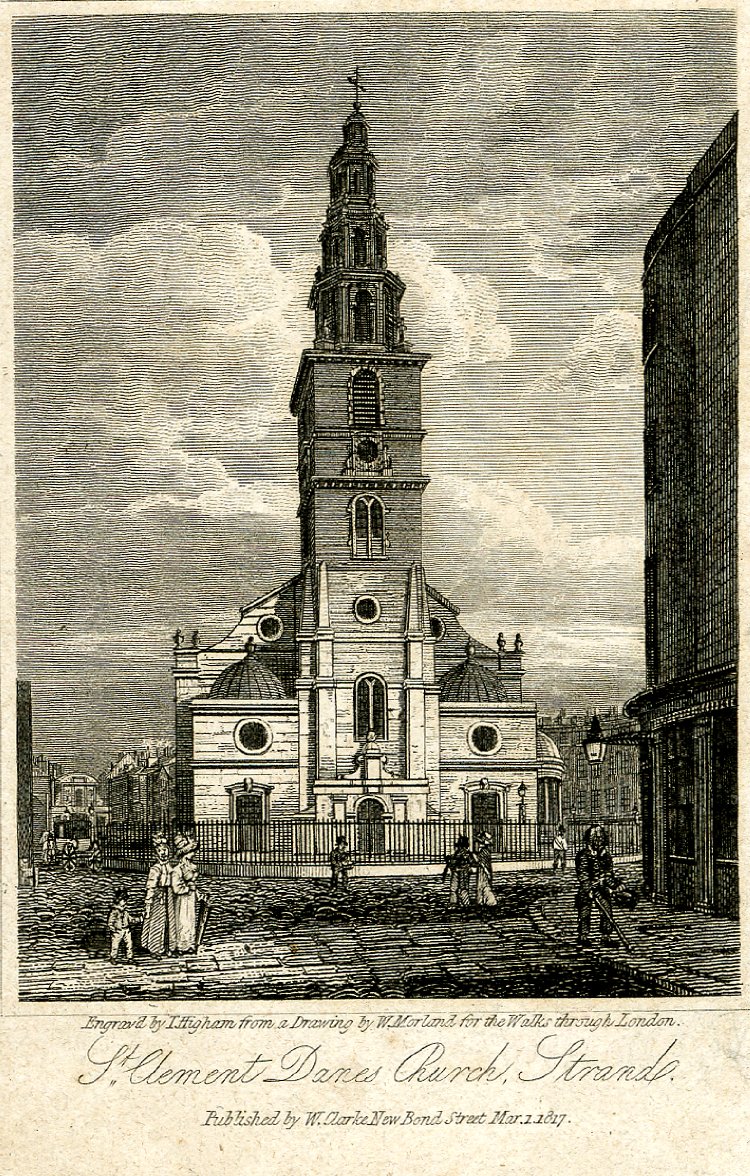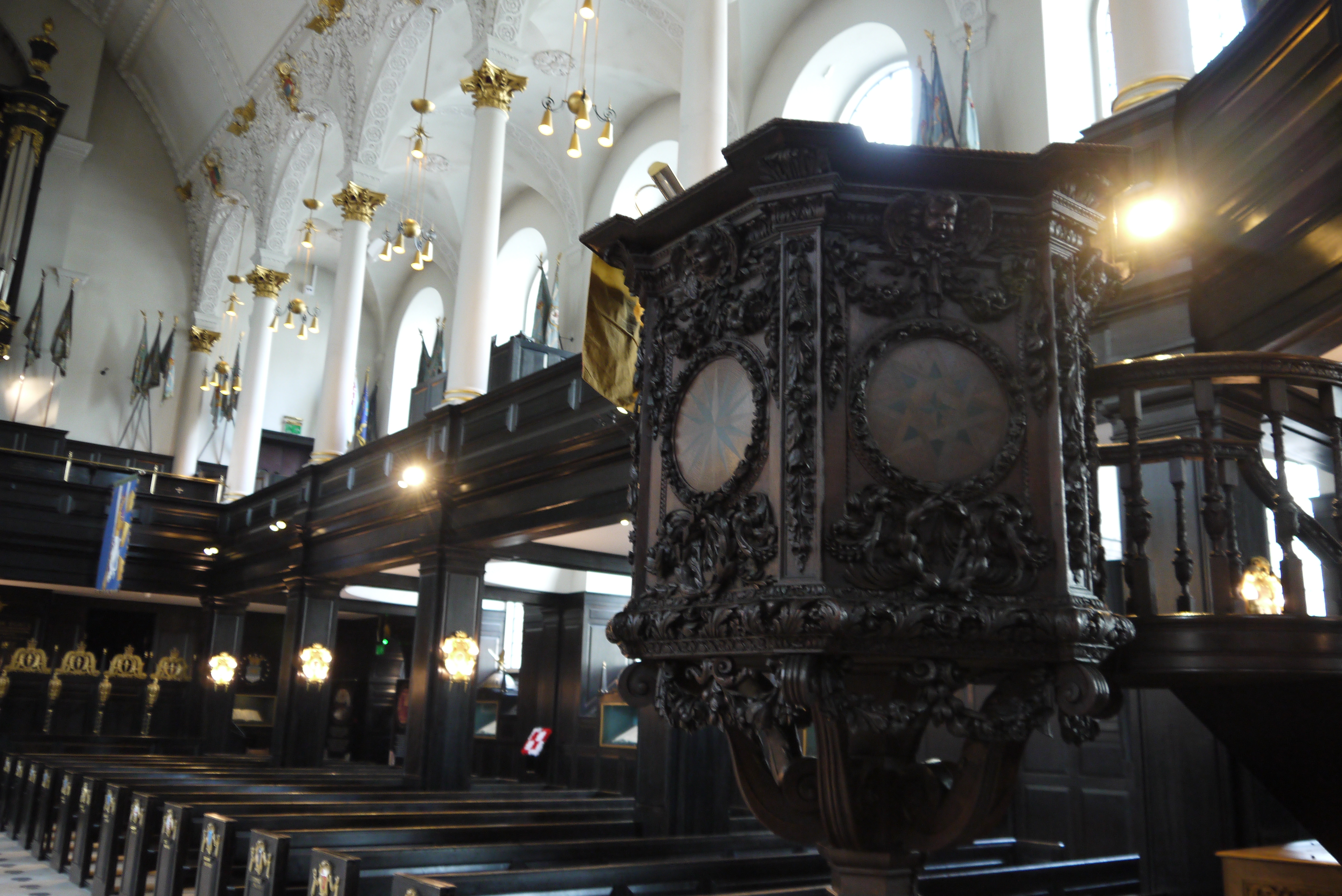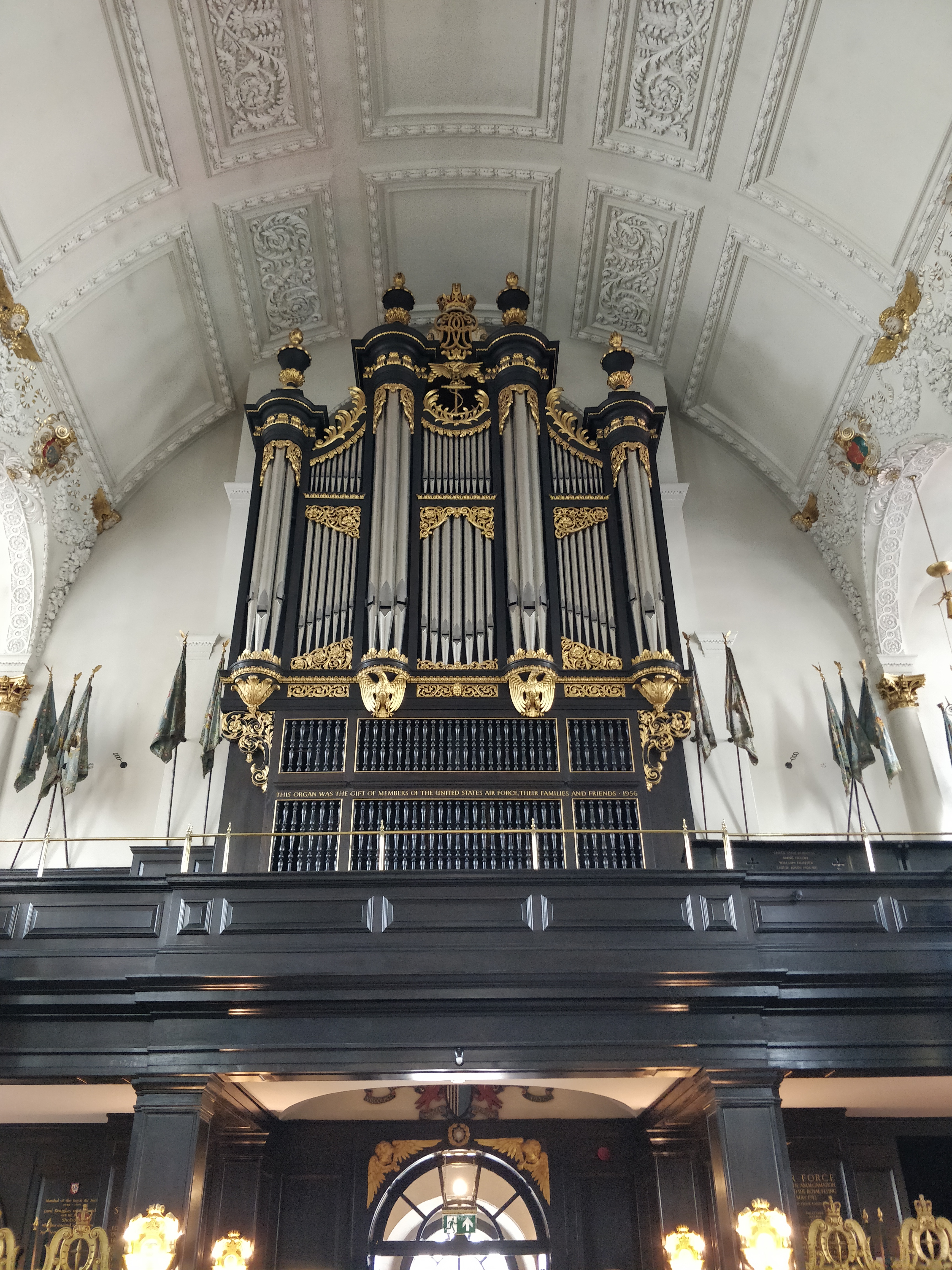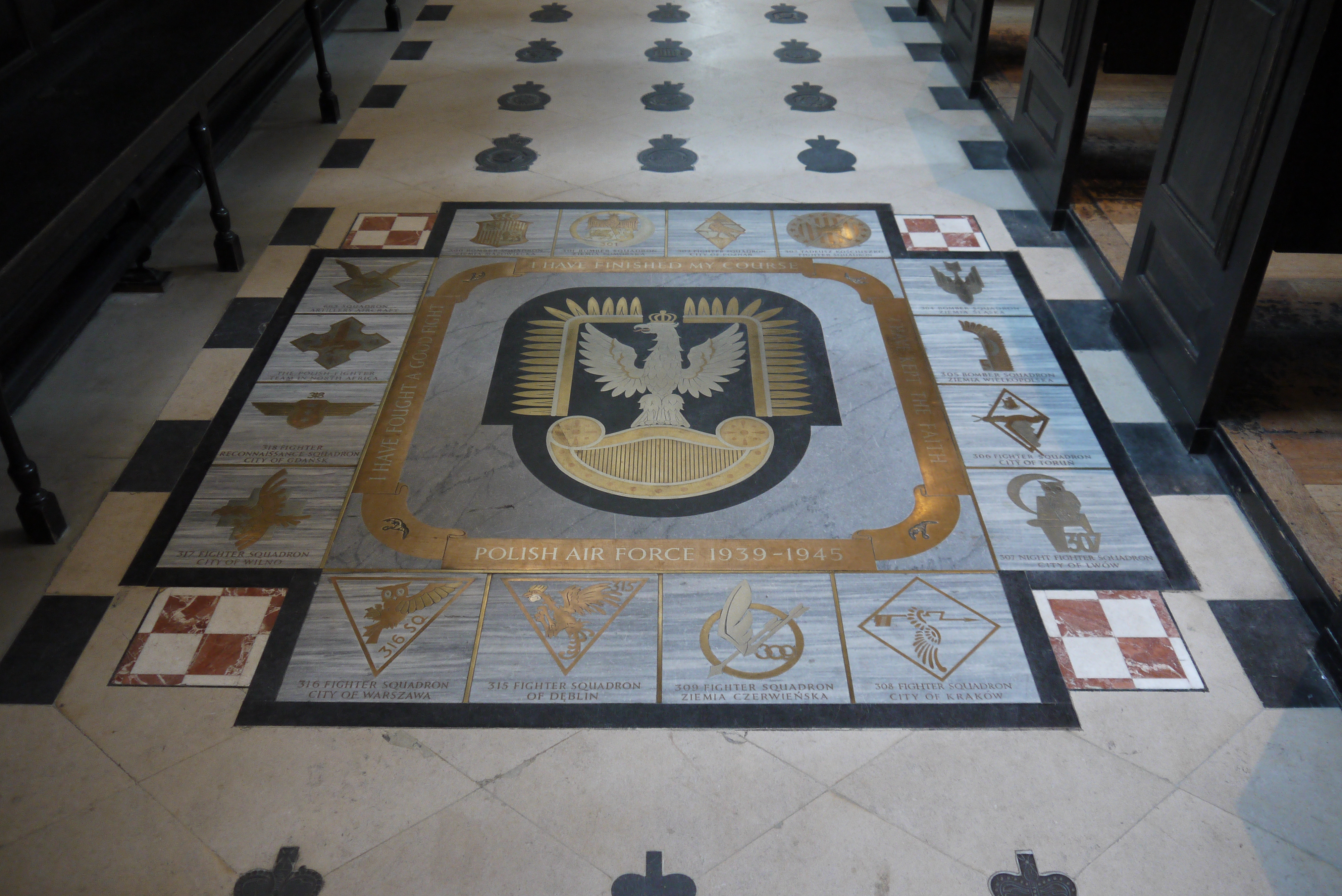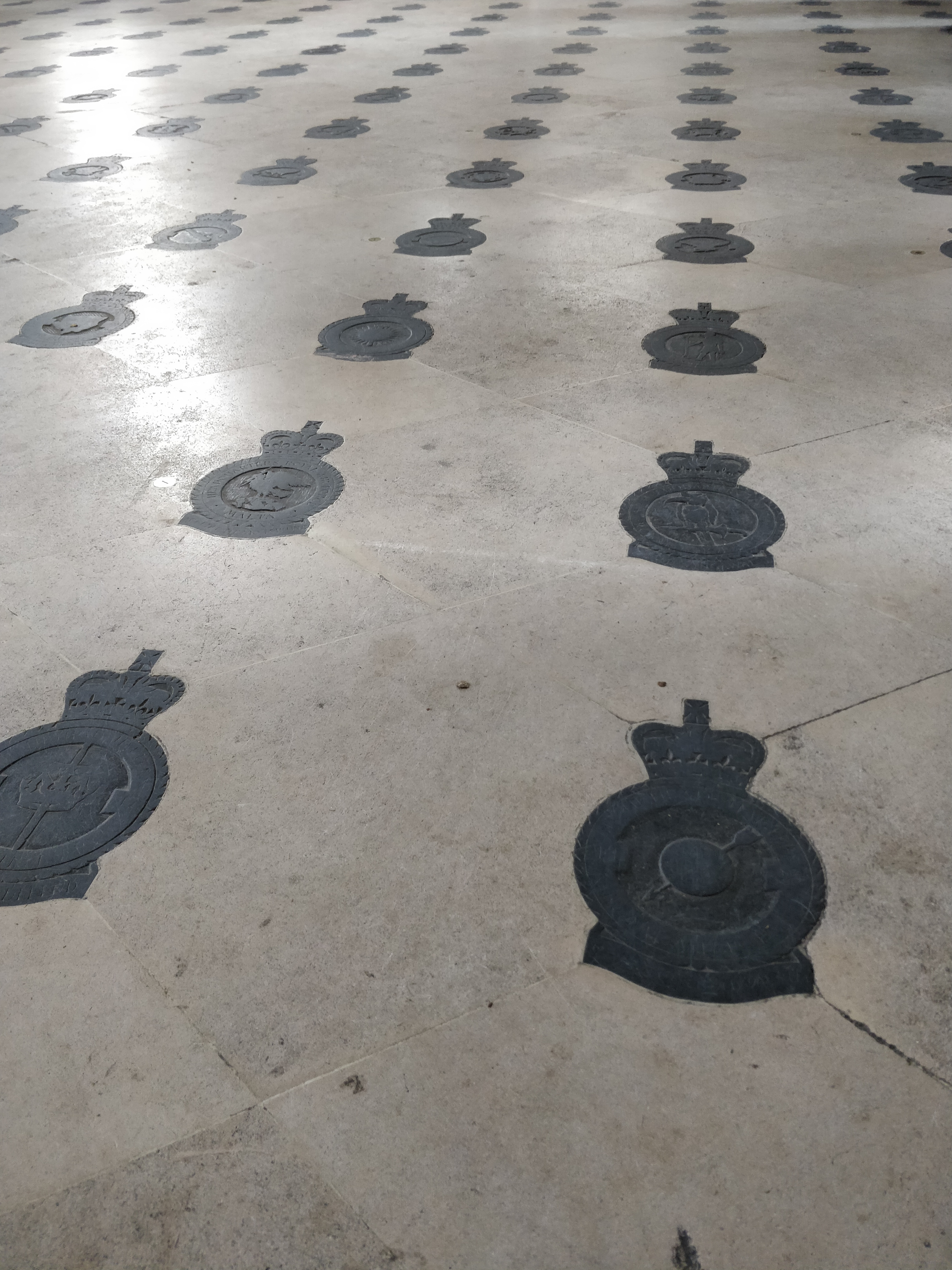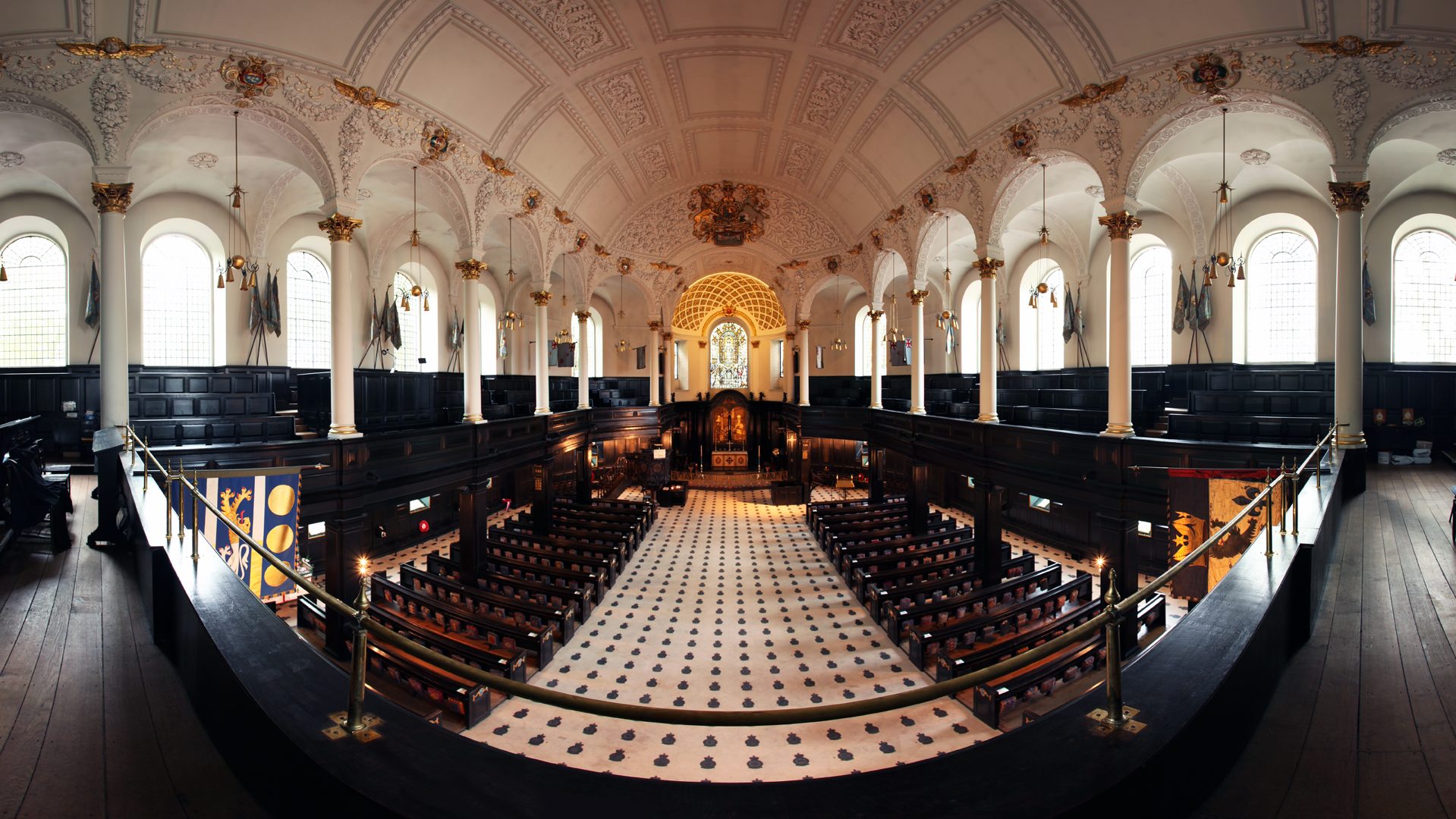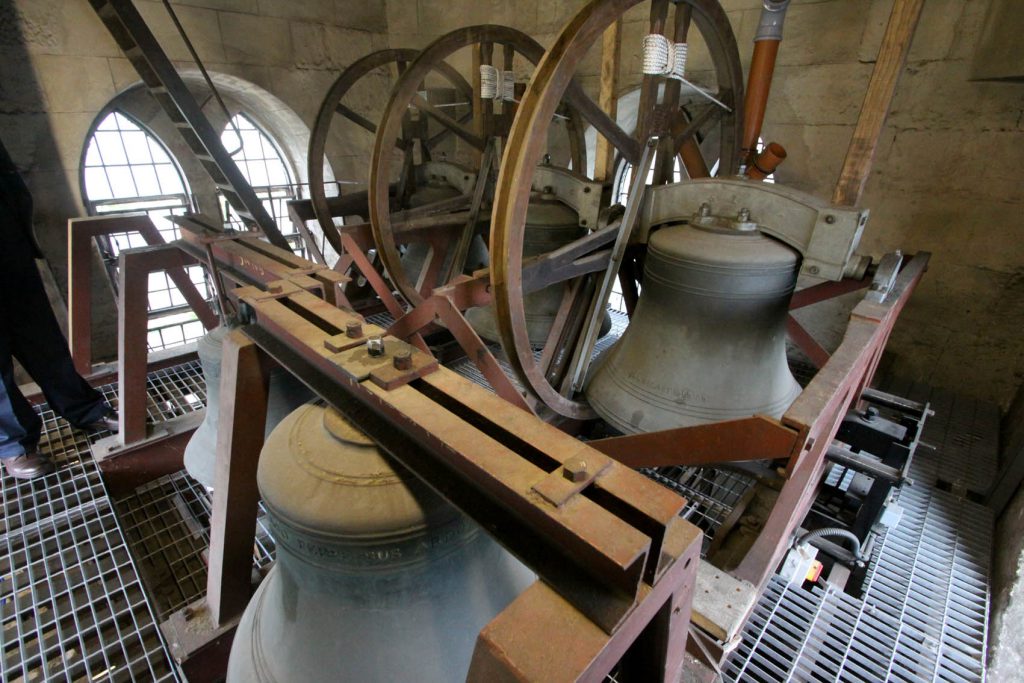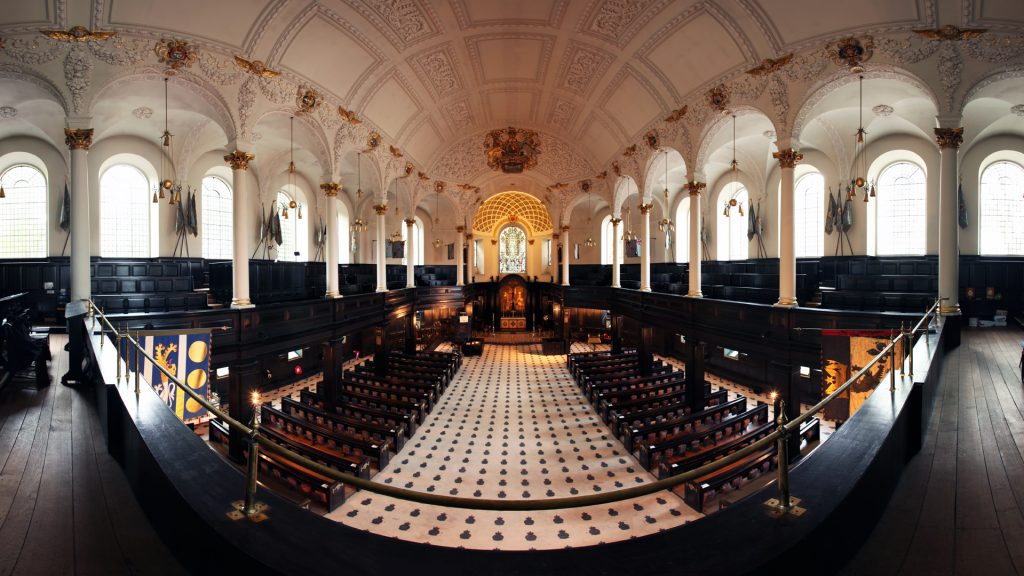St Clement Danes has a fascinating and colourful history
Saint Clement
The name Clement commemorates the Christian martyr of the first century. Clement served as Bishop of Rome in AD 91, but was banished to work in the Crimean quarries by Emperor Trajan, along with many others who refused to worship the heathen gods. The prisoners suffered greatly, particularly from thirst, but in answer to Clement's prayers a fountain of water appeared. Emperor Trajan was so angered by this miracle he ordered Clement to be thrown into the sea with an anchor around his neck. Clement was drowned, but the sea then withdrew three miles revealing a ruined temple, in which Clement's body was found, still with the anchor around his neck. Legend has it, that on the anniversary of his death the sea receded again, leaving a dry path for pilgrims to visit the temple.
This is why on approaching St Clement Danes Church you will find an anchor crest by the entrance.
Danes
Late in the 9th century, Alfred The Great ‘granted Danish settlers who were married to English women an area between London and Westminster to establish their community. As they moved into the area they built a church, St Clement Danes, which became the burial place in 1040 of the King of England Harold Harefoot.
Let’s now see how this ancient church became the iconic Sir Christopher Wren designed building we know today; click on ‘LEARN MORE’ for a timeline and more.
St Clement Danes church is full of wonderful items, art and relics. Here some of the things that you never knew about the church.
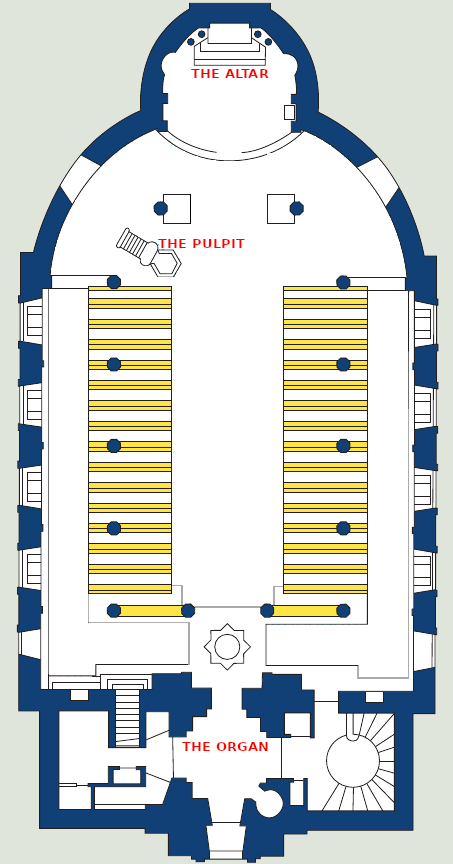
The Altar, behind which is the Reredos, depicting the Annunciation, designed by the artist Ruskin Spear. The stained glass windows are by Carl Edwards.
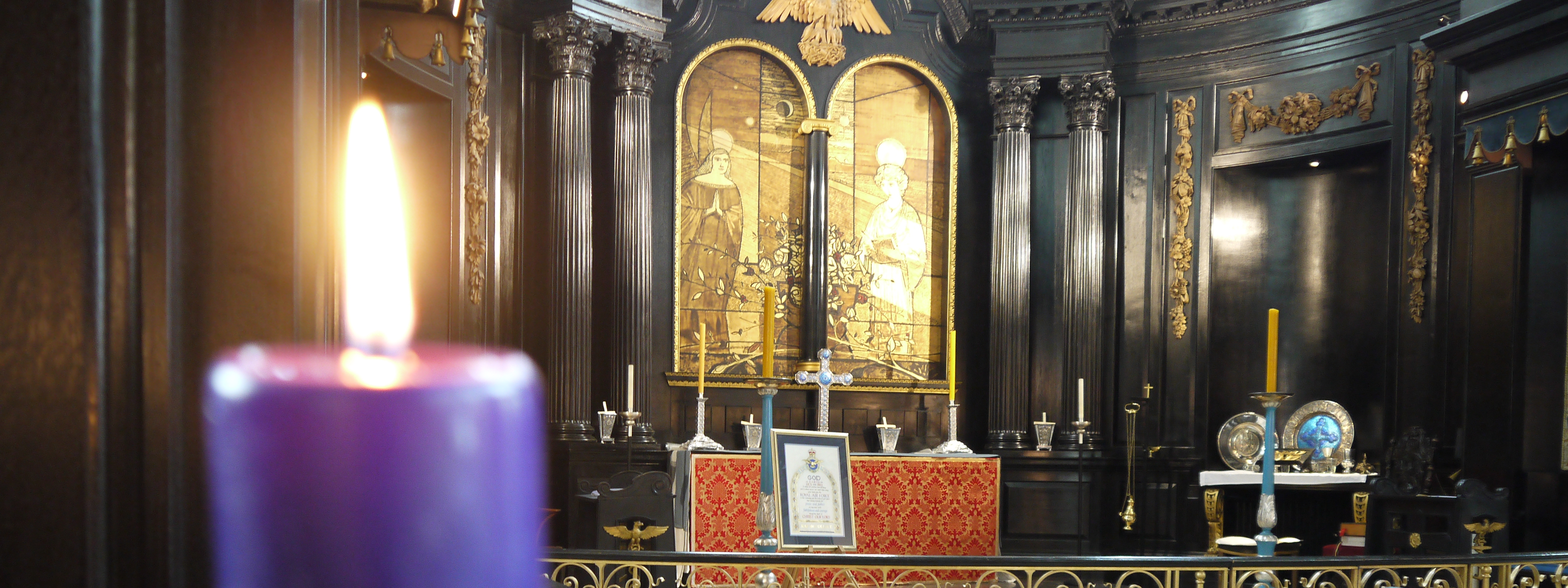
The Bells
The Church has a ring of 10 bells plus a hung dead flat 4th.Hanging with these is the Sanctus Bell dating back to 1588.
Virtual Tour
The interior of the Church is a sight to behold. Take a virtual look inside and explore some of the highlights.
The Trustees' Book
The Trustees’ Book is located in the crypt chapel at ST Clement Danes and contains the names of those who have died since leaving the Royal Air Force. Names can be included in this book at the request of family members of the deceased, for which a fee of £40.00 is payable.

